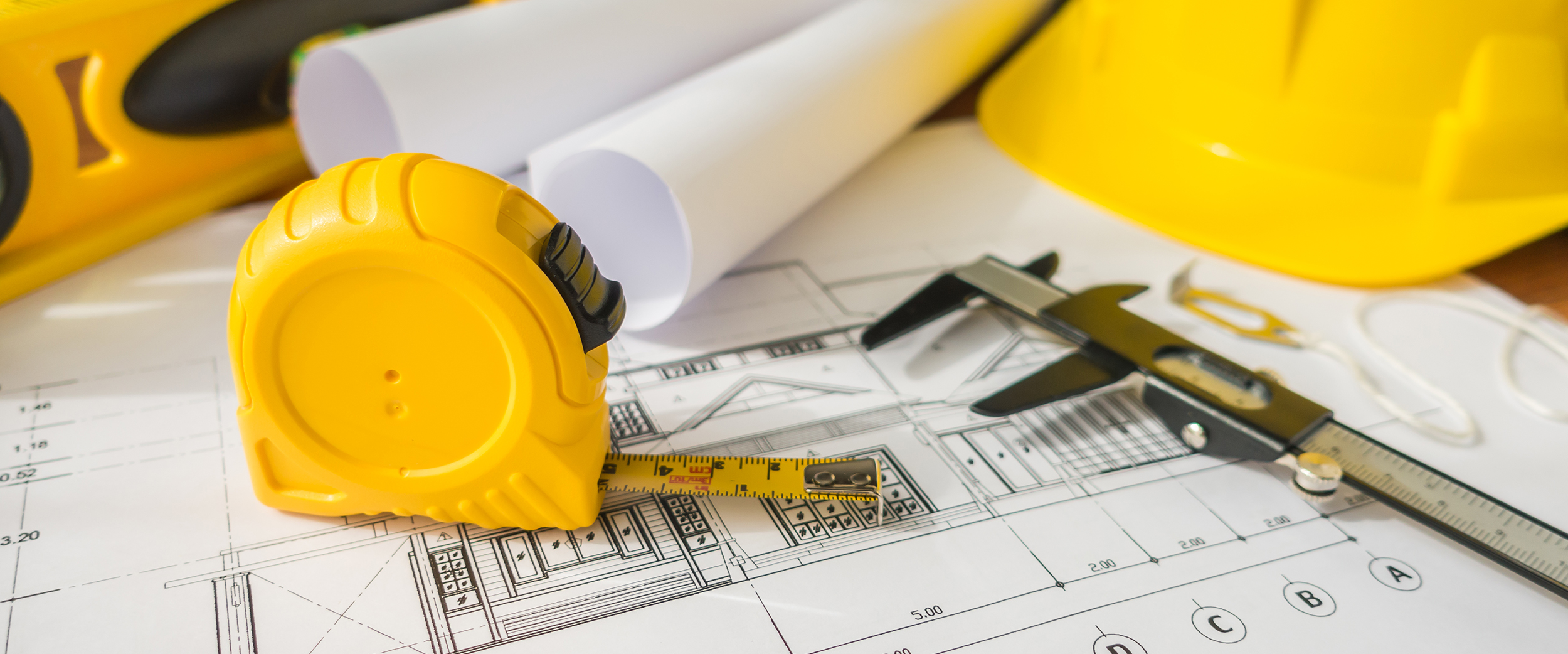Does it feel like your construction company isn’t growing at the pace you think it should be? Would you like to have more construction projects in the pipeline? If you haven’t been able to win as many contracts as you’d like or have as many clients coming to you as you want, the issue may not be a lack of available work.
–
Instead, it may be that you’re trying to market yourself to everyone. Instead of trying to appear to be the perfect construction company for every client, the most successful companies specialize. They do this by defining what they consider to be their perfect client and then marketing directly to those who fit this definition.
That may sound great, but do you know who your perfect client is? Many construction managers and company owners never stop to think about this. If you haven’t considered who your perfect client is, here are some tips that can help you narrow down your audience and increase the number of projects you bring in.
–
Why Should You Define Your Perfect Client?
If you’re a fairly new business, or even if you have been around for many years, you may simply want to take on any and all jobs that come your way. There’s nothing wrong with doing that at first since you do need to have jobs in your pipeline, and turn a profit in order to grow your business. However, you do need to look at these projects and determine the cost to you. Do you want to work on projects that have needs you can’t immediately meet? These jobs may include subcontracting some tasks, renting equipment, or traveling long distances. These costs all add up, and while you will definitely charge the client for many or all of them, it still puts stress on your business.
Instead of devoting a large portion of your resources to one project, it may actually be more profitable to spread those resources over several smaller projects. Defining your perfect client will help you see which projects are going to have larger returns on investment.
–
First, Define Yourself
Before you define your perfect client, you need to define yourself. How large is your business, what types of resources do you have on hand, and what are your strengths? With this information, you’ll be able to build your company profile that you can compare to client needs. For example, if your crew is fairly small, you may not be able to take on huge projects that must be completed fairly quickly. You may not have the equipment needed for certain projects either. It’s important to know what you can and can’t do.
–
Look at Past Projects
Now look at your past projects. Which ones were you able to complete without allocating additional resources, personnel, or time? Which projects did you make a good profit on after all of the costs were added up? Even though it may often seem like large projects with million dollar budgets are always the way to go, you may be surprised to find that smaller or mid-sized projects actually net you more of a profit.
Use this information to determine which of your customers were actually the most profitable and easiest to work with. The budgets for these projects may not be the biggest, but be sure to look at profits, not overall cost. Also look at location, the project type, and anticipated expectations of those prospects & customers. All of this information will help you create the ideal client profile.
–
Don’t Forget to Factor in Your Likes
Of course, you do want to be sure you’re doing projects that you actually enjoy. If you dislike dealing with certain projects, don’t include those in your perfect client profile. Yes, they may bring in money, and you may have to resort to doing those projects from time to time if you need the income, but overall try to do projects that you don’t actively dislike. Otherwise, you may find yourself getting burnt out instead of enjoying your work.
–
Refine Your Profile Regularly
After several years, you may want to revisit your ideal client profile to see if you can refine that profile even more. You may also realize that you have had to step away from your ideal customer in order to always have work. If that’s the case, you may need to revisit your profile and change some of the identifying factors.
–
Market to these Clients
Once you know who your ideal client is, you can adjust your marketing tools to target that particular audience. You’ll also find it easier to filter bid requests or prospect inquiries. By focusing on a particular type of client, you’ll find that you can actually put together bids faster since you’ll be bidding on similar types of projects. That step alone will save you time and money.
Overall, by targeting specific clients, you’ll build up a reputation as an expert in a particular niche. You’ll also find that your crew becomes more efficient and more comfortable doing these types of projects. This will result in getting more work, honing skills and time management, and making more overall profit.
–






